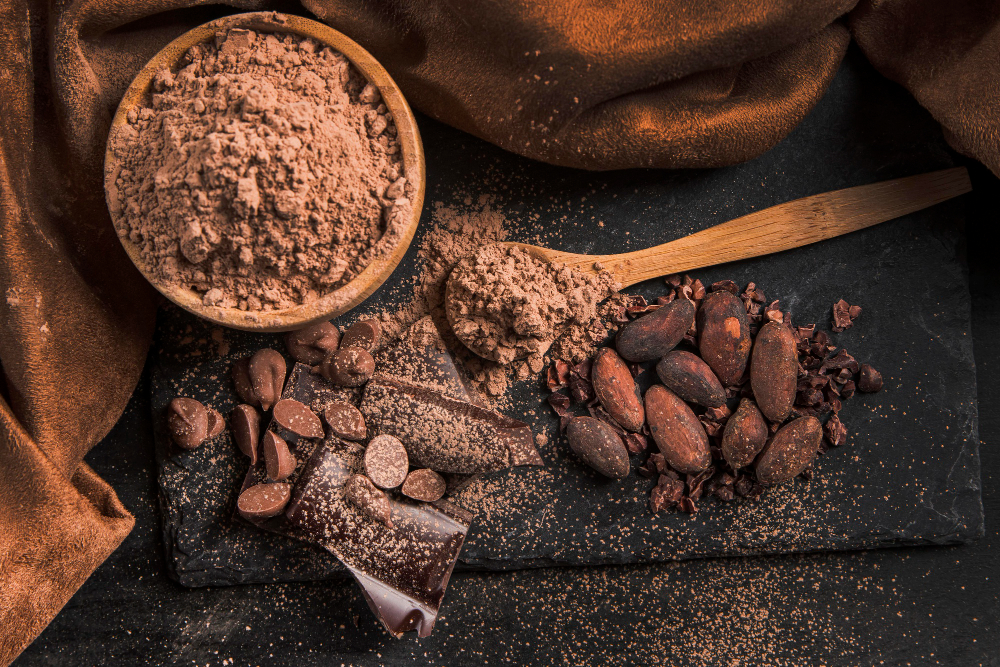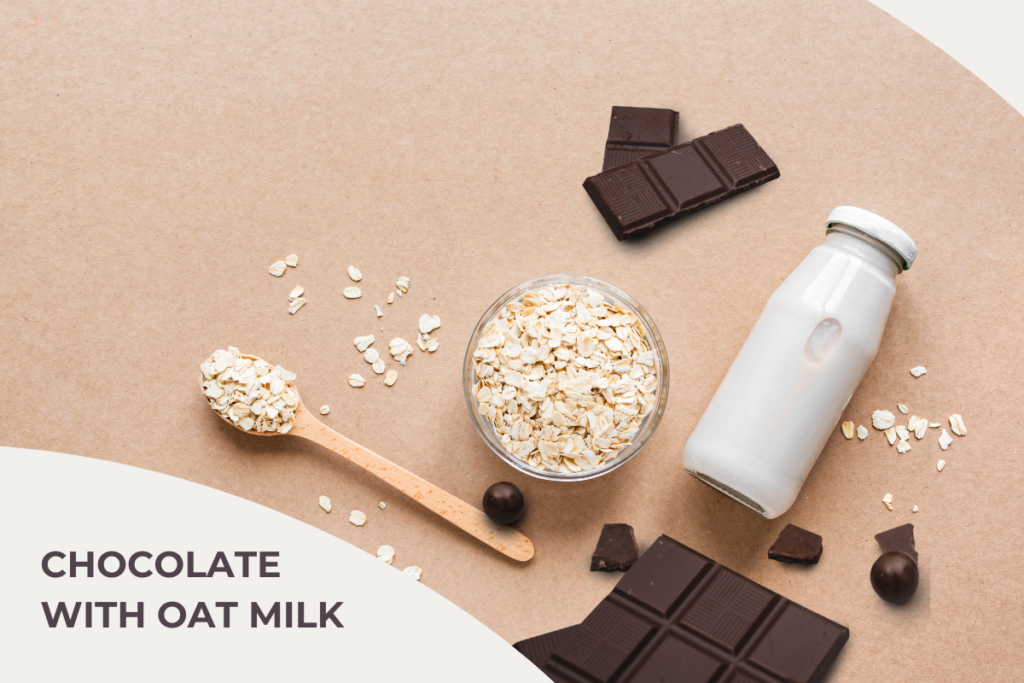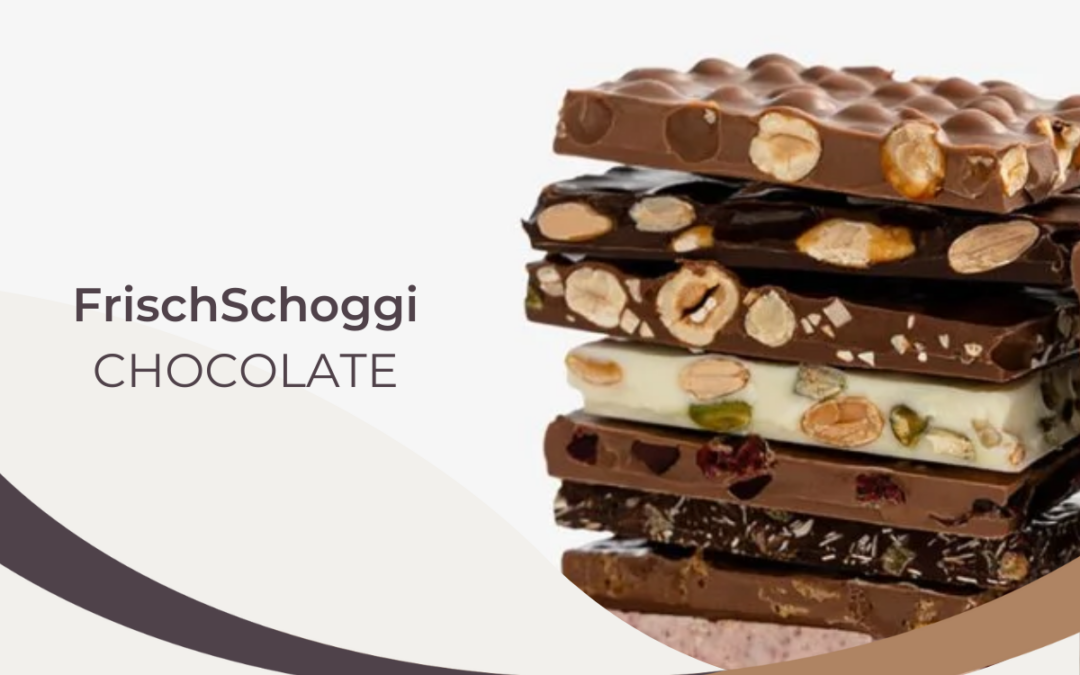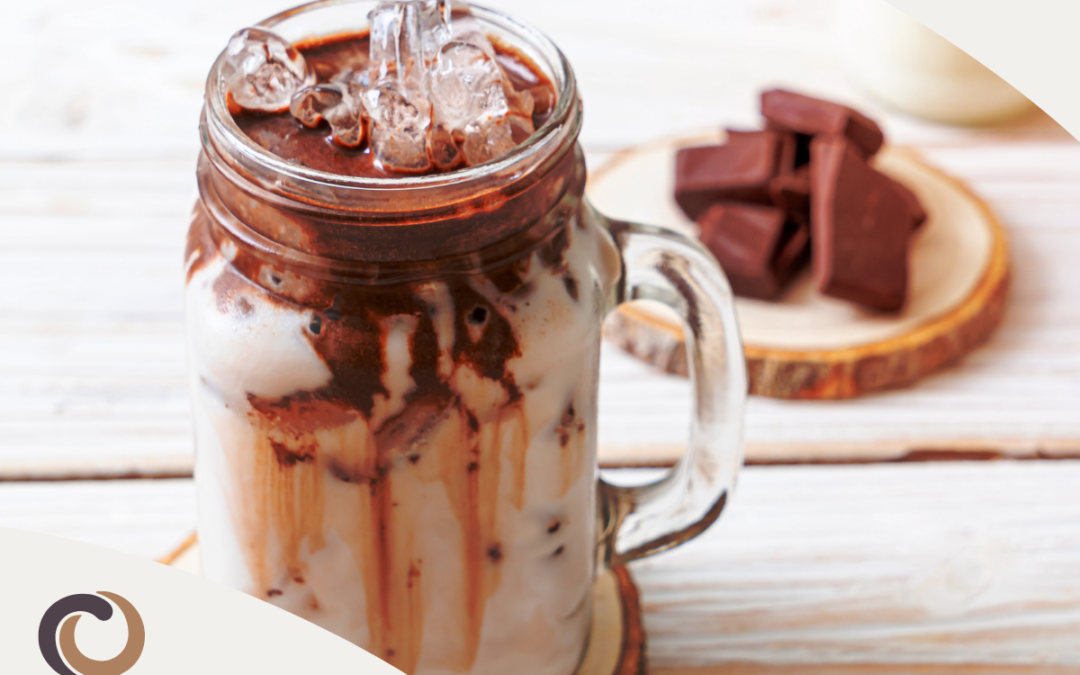Chocolate has a long and fascinating history that goes back thousands of years. Over time, the methods and equipment used to make chocolate have evolved significantly.
From ancient civilizations using stone tools to grind cocoa beans, to today’s advanced machinery, chocolate making has come a long way. In this blog post, we’ll explore the rich history of chocolate making and how chocolate production has changed over the years.
How it all started…
There is strong evidence indicating that the original home of Theobroma Cacao, the chocolate tree, was the Upper Amazon cloud forest in Peru and parts of Bolivia. Archaeological studies have uncovered signs of human use of cacao dating back 5,600 years. It’s likely that humans began consuming cacao after observing animals opening fresh pods and eating the sweet pulp around the seeds (the seeds are very bitter and are usually swallowed whole or tossed aside by monkeys and other rainforest dwellers which is a huge benefit for cacao propagation).
Cacao eventually crossed the Andes, which is no easy feat since it is the longest mountain range in the world. For many years, the Andes acted as a natural, physical barrier, but evidence suggests that humans may have facilitated the transportation of cacao between civilizations on either side. Cacao’s journey continued from the coastal regions of Peru northwards to Ecuador and eventually to Mesoamerica, with humans once again playing a role in cacao’s transportation and propagation.
How was chocolate made throughout history?
The history of chocolate starts with ancient civilizations like the Mayans and Aztecs. They were some of the first to cultivate and grow cacao trees, collect cacao beans, and turn them into a paste using a metate and mano. A metate is a large, flat grinding stone that was used to crush different nuts and seeds into a paste or powder. The mano, a round, hand-held stone, was pushed and pulled across the metate to crush the seeds, in this case, cacao seeds which were turned into a smooth paste. This paste was mixed with water and spices to make a drink called “xocolātl,” which they used for ceremonies and special occasions. So, the original “chocolate” was not a solid bar at all, but rather a spicy drink made from the cacao seeds.
As chocolate spread around the globe in the 1500s and 1600s, cultivation increased and more efficient processing systems were developed.. Stones were still used to grind, but they were much larger than the metates. These large capacity grinders used big stone wheels to grind cocoa beans into a fine paste. Often, this wheel was turned by an animal like a mule or donkey walking in a circle. As they moved, the wheel crushed the cocoa beans into a paste. This way of grinding was popular in Central and South America, where cocoa comes from.
In addition to using animals, people who lived near rivers and streams used water-power to grind cocoa. Watermills were developed which employed a large water wheel which was connected to the stone grinder. The force of the moving water would turn the water wheel, which would turn the stone and crush the cocoa beans.
It may be obvious, but it’s worth mentioning that in the 1500s and 1600s, they didn’t have access to electricity to power their machines like we do today. Electric motors weren’t used to power stone grinders until much later, in the late 1800s and early 1900s, when modern machinery started to develop.
The chocolate industry saw major improvements thanks to Dutch chemist Coenraad van Houten. In 1828, he invented the cocoa press, which separated cocoa butter from cacao solids, which is used to make cocoa powder. This innovation made it possible to produce chocolate on a larger scale and create the first solid chocolate bars.
The Industrial Revolution: Mass Production Begins
The mass production of chocolate began during the Industrial Revolution, which spanned from the late 18th to the early 19th century.
- Mechanical Grinding: Steam-powered machines were used to grind cacao beans mechanically, replacing the manual grinding methods developed by the Mayans and Aztecs.
- Conching Process: In 1879, Rodolphe Lindt invented the conching process. This method involved stirring and aerating melted chocolate for an extended period of time to make it smoother and tastier. While it was first done by hand, it was eventually automated.
- Cocoa Press: In 1828, Coenraad Johannes van Houten invented the cocoa press, which separated cocoa solids from cocoa butter. This created cocoa powder, making chocolate production faster and cheaper.
- Chocolate Molds: The creation of molds made it easier to shape and package chocolate bars and candies, making the production process smoother.
- Transportation and Storage: Better roads, refrigeration, and improved packaging made it possible to transport and store chocolate products over longer distances and for longer times.
These new inventions and advancements changed chocolate from a luxury for the rich to a treat everyone could afford. Making chocolate in large quantities during the Industrial Revolution set the stage for today’s chocolate industry.
Today, in large processing facilities, chocolate is made with advanced machines that are specialized for each step of the chocolate-making process. Different machines are used for pre-grinding, grinding, refining, conching, tempering, molding and enrobing. These machines are optimized to make sure that the chocolate tastes great and has a consistent quality. But despite all these many years, you will still find large stone grinders, called melangers, at most craft chocolate shops. So in some ways, little has changed in the chocolate industry.
Innovation in home chocolate making
Thanks to advancements in technology, making chocolate from scratch at home is now achievable. Until now, home chocolate making required multiple machines and a high level of expertise. Now, there is smaller and more efficient equipment to craft incredible chocolates.
CocoTerra: Innovating the chocolate industry
CocoTerra’s primary goal is to make home chocolate-making quick and straightforward. With CocoTerra, even someone with no prior experience in chocolate-making can succeed right from the start. The CocoTerra machine is user-friendly, and offers the flexibility for users with more expertise to adjust various chocolate-making parameters, catering to both novice and expert users alike. Consumers are always seeking chocolate that meets their specific preferences, whether it’s flavor, texture, intensity, dietary needs, or allergen concerns. CocoTerra provides a level of personalization and customization in chocolate-making that hasn’t been accessible to the consumer market before. CocoTerra is good for consumers, cacao farmers and the planet.
For more great articles and recipes, check out the rest of our CocoTerra blog.
If you have any questions or comments, feel free to contact us through our social media channels. We are @cocoterra_co on Instagram and Pinterest and @cocoterraco on X (aka Twitter) and Facebook.







